ТаможняРезинаИзготовление пресс-форм-это сложный процесс, который включает в себя такие вопросы, как дизайн, материалы, производство, проверка, производство, техническое обслуживание и так далее. Целью этой статьи является точное проектирование и производство резиновых форм в соответствии с требованиями заказчика, производство резиновых изделий с конкретными спецификациями и формами, сохраняя при этом качество пресс-формы, производительность и жизненный цикл.
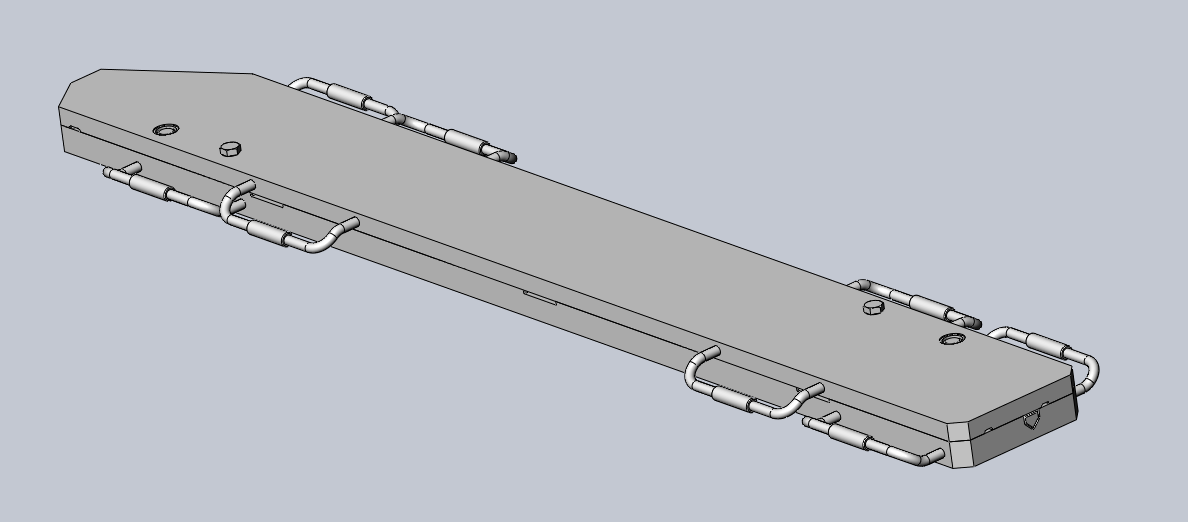
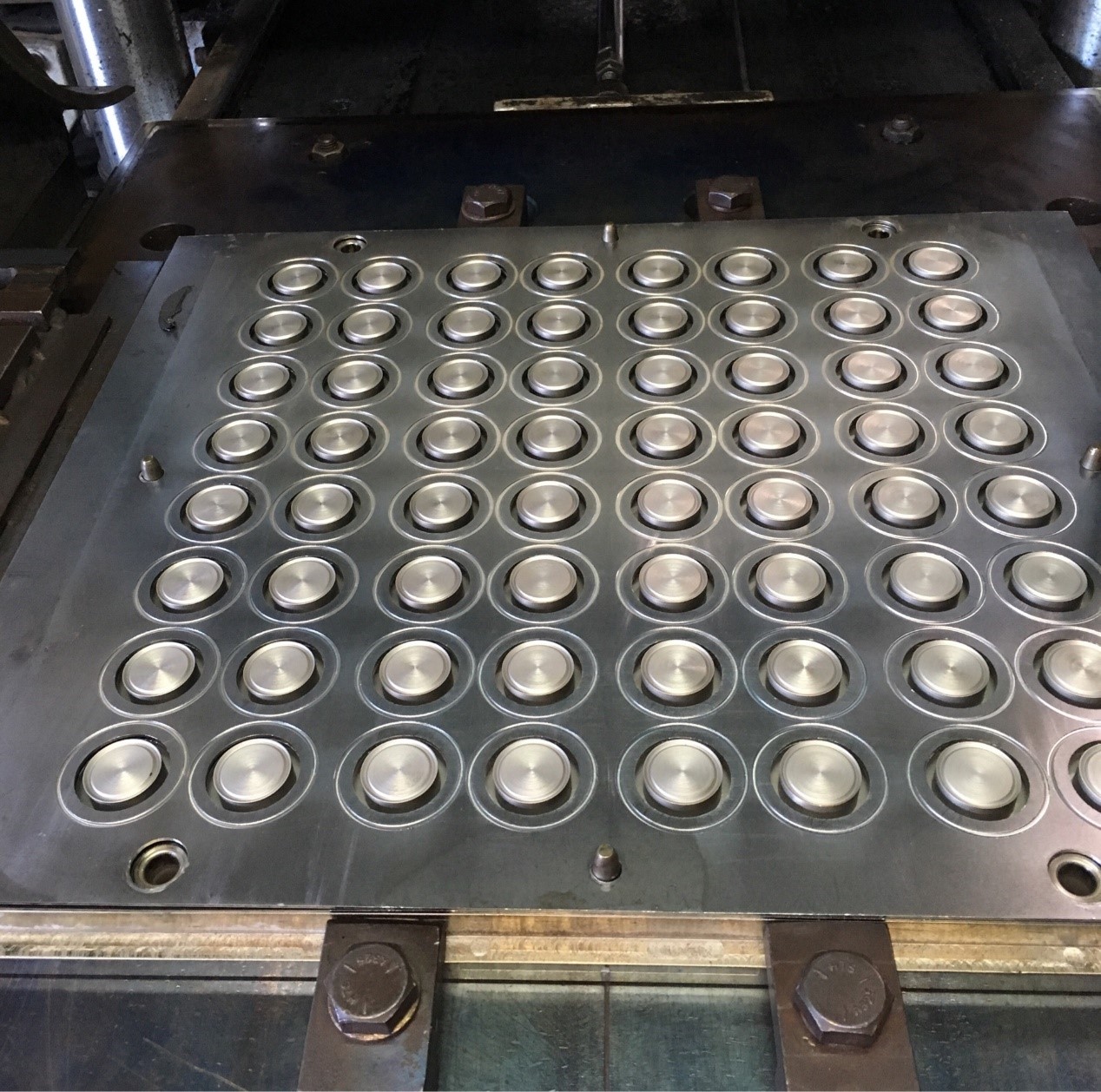
Отличия:Китай является одной из крупнейших в мире стран-производителей резиновых форм с огромными масштабами производства и полной производственной цепочкой. Китайские резиновые формы характеризуются крупномасштабным производством и экономической эффективностью. Такие как: резиновые прокладки, уплотнительные кольца, амортизатор、Электронные детали、Гражданские продукты етк.
Технический уровень:Технический уровень вообще высок, особенно в поле прессформ впрыски резиновых. Сосредоточьтесь на повышении эффективности производства и конкурентоспособности производственных затрат.
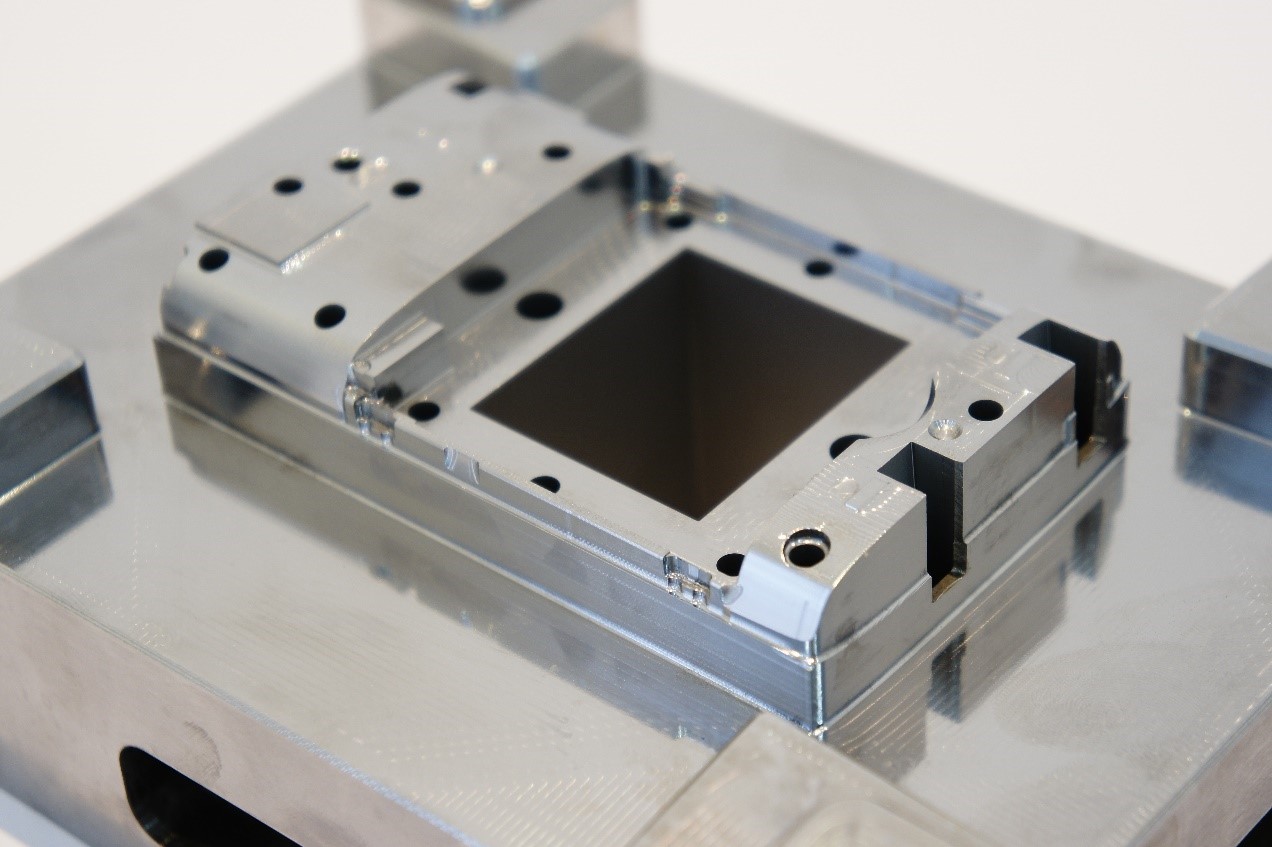
Дифференцирующие особенности:Германия известна своей высокой точностью и технологическими инновациями. Резиновые формы обычно производятся с акцентом на точность в Германии и подходят для требовательных промышленных применений, таких как уплотнительная резина для военных транспортных средств, аэрокосмической, морской, автомобильной амортизаторов и т. Д.
Технический уровень:Технический уровень немецких резиновых форм находится на переднем крае мира, уделяя особое внимание исследованиям и разработкам и применению передовых технологий.
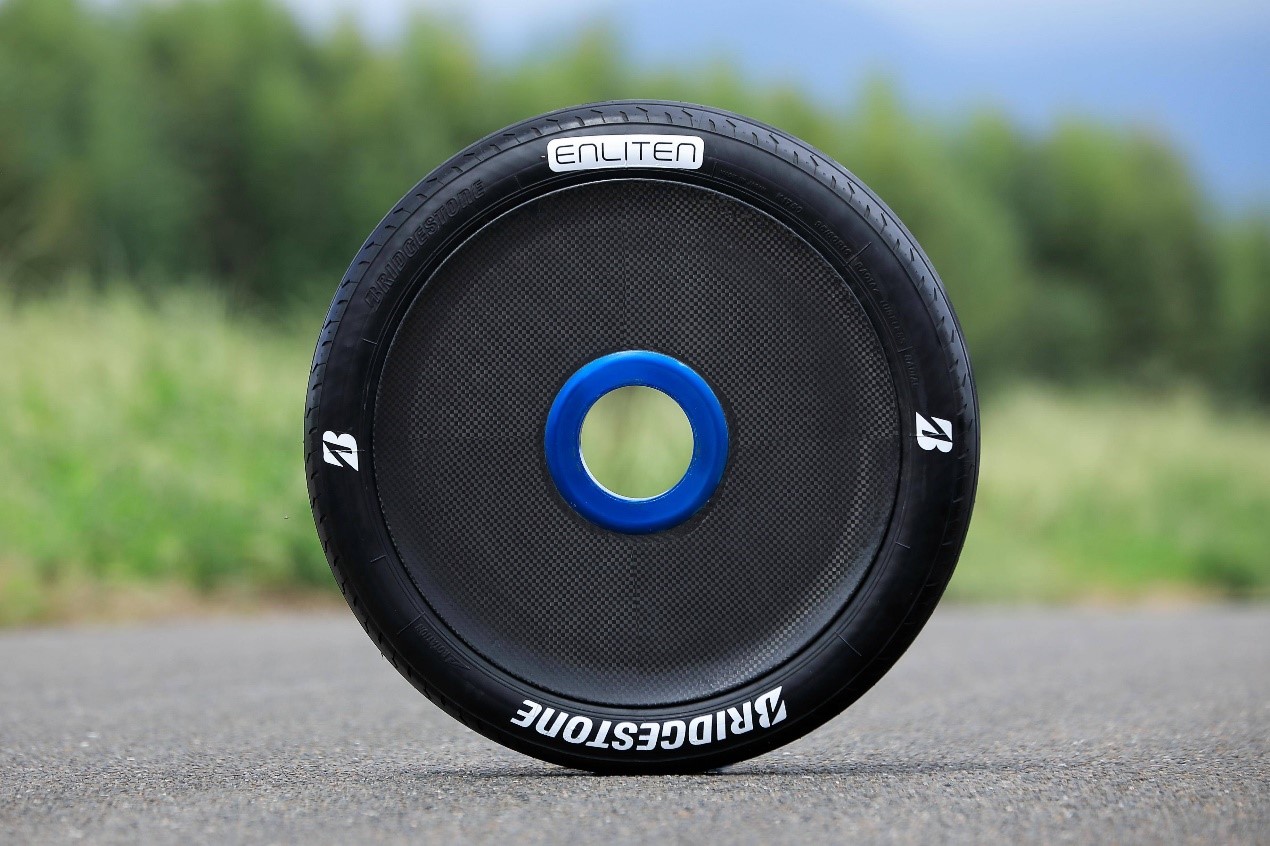
Особенности разницы:Производство резиновых форм в Японии подчеркивает изысканное мастерство и стабильность продукции. Свои прессформы передачи резиновые имеют превосходное представление в автомобильной и других полях.
Технический уровень:Япония имеет превосходный технический уровень в дизайне прессформы и изготовлять, особенно в поле требований к высокой точности.
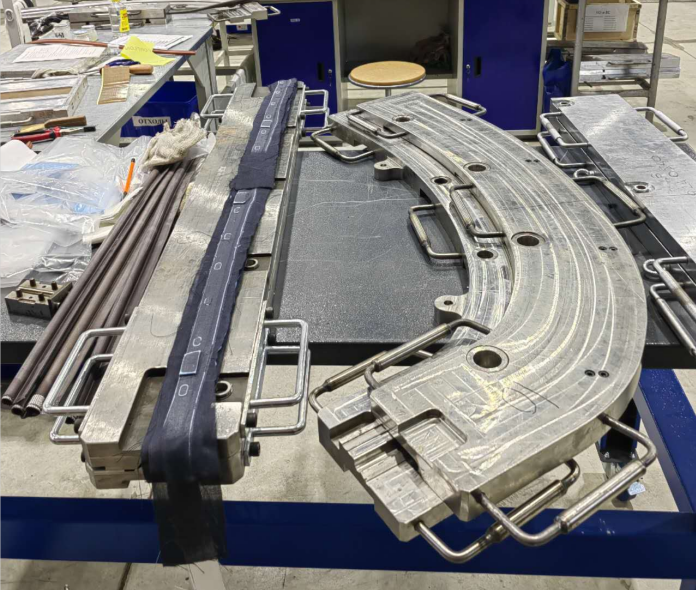
Характеристики разницы:Россия имеет определенную производственную силу в области производства резиновых форм, которая в основном ориентирована на удовлетворение внутреннего спроса и часть экспорта. Из-за позднего развития России в резиновой промышленности, его резиновая формаПроизводство относительно не очень продвинуто. Такие как: военная промышленность, энергетика, транспортные поля.
Технический уровень:Хотя технический уровень резиновых форм в России постепенно улучшается, ему относительно не хватает в ведущих мировых инновациях и высокотехнологичных технологиях. Необходимо усилить НИОКР и внедрение технологий для повышения качества продукции и конкурентоспособности.
Соединенные Штаты:Производство резиновых форм в США фокусируется на инновациях и высокой производительности, особенно в новых материалах и процессах.
Южная Корея:Технический уровень резиновых форм в Южной Корее постепенно растет, ориентируясь на высококачественное производство с высокой добавленной стоимостью.
В целом, разные страны имеют свои особенности и преимущества в производстве резиновых форм. Развитие мировой индустрии резиновых форм зависит от технических обменов и конкуренции между этими странами, которые совместно способствуют непрерывным инновациям и прогрессу индустрии резиновых изделий.
Пользовательские резиновые возможности прессформы Richconn
Резиновые формы являются ключевыми инструментами, используемыми для производства резиновых изделий, которые можно разделить на множество типов в соответствии с различными видами использования и производственными процессами, каждый тип имеет свои уникальные характеристики и сценарии применения.
Литьевые резиновые формы являются ключевым инструментом, используемым для литья резины под давлением, и их проектирование и производство необходимы для производства высокоточных резиновых изделий. Ниже приведены основные характеристики и принцип работы литьевых резиновых форм:
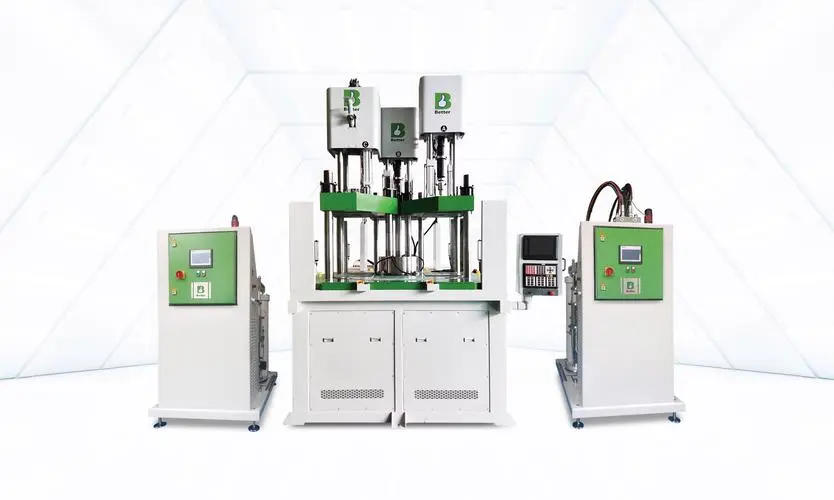
Высокая-ТочностьДизайн: литьевые резиновые формы должны быть тщательно разработаны, чтобы гарантировать, что резиновые изделия соответствуют строгим требованиям к размеру и форме. Факторы, рассмотренные в дизайне, включают структуру прессформы, систему бегуна, и систему охлаждения.
Процесс формования: литьевая резиновая форма использует процесс литья под давлением, нагревая резиновый материал до текучего состояния, а затем впрыскивая его в форму и, наконец, охлаждая и затвердевая в форме, чтобы сформировать желаемый резиновый продукт. Этот процесс обеспечивает высокую точность и качество поверхности.
Runner system design: The runner system of the mold plays a key role, which affects the fluidity and fillability of the rubber material in the mold. The well-designed runner system ensures that the rubber fills the mold evenly and avoids air bubbles and defects.
Wear-resistant material selection: Due to the high-pressure and high-temperature characteristics of rubber injection molding, the injection rubber mold usually uses wear-resistant and high-temperature resistant materials to ensure the stable operation of the mold for a long time.
Automatic control system: The advanced injection rubber mold is equipped with an automatic control system, which can realize the automatic opening and closing, injection, cooling and other processes of the mold, improve production efficiency and reduce manual operation costs.
Material Adaptability: Injection rubber molds are able to adapt to various types of rubber materials, including natural rubber, nitrile rubber, silicone rubber, etc., making them have a wide range of applicability in different industries and applications.
Cycle Time Optimization: By optimizing the cooling system and molding process of the injection rubber mold, the production cycle time can be effectively shortened and the production efficiency can be improved.
The continuous innovation and technological progress of injection rubber molds have promoted the development of the rubber products industry in the direction of higher quality and higher efficiency.
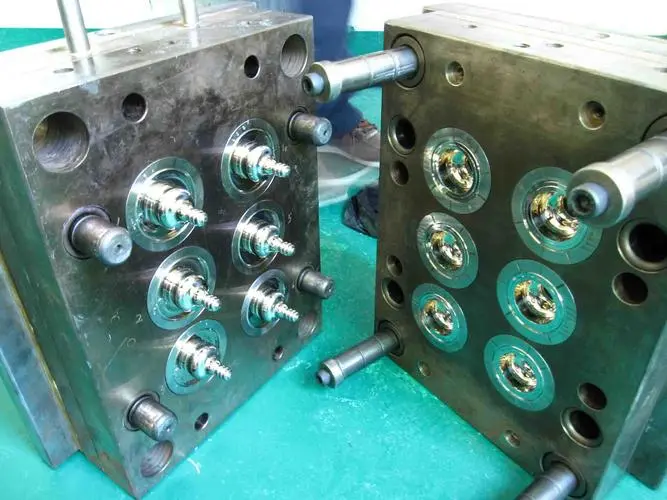
Structural Characteristics
The transfer mold consists of two main parts: the fixed mold and the moving mold, with the mold cavity in between. The mold cavity shape is determined according to the product design. The moving mold is installed on the slide rail so that it can slide in and out to open and close the mold cavity.
Operating Principles
After the material enters from the hopper, it is pre-formed first, then cured in the curing area, and finally the finished product is ejected out along with the moving mold. The continuous production is achieved by the constant switching and sliding of the molds.
Design Requirements
Reasonable parting surface design to ensure smooth opening and closing of the mold. Precise guiding mechanism to ensure accurate alignment of the two mold halves. Cooling waterways and temperature control systems are installed to regulate the mold temperature.
Main Applications
Molds for mass production products like tires, industrial rubber parts, seals, etc. High degree of automation, suitable for continuous production.
Manufacturing Process
Processing methods like wire-cutting and machining are used. Critical areas like guiding mechanisms are finely machined. The mold is then assembled and debugged before use.
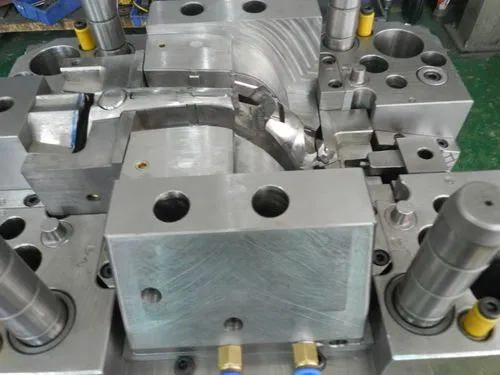
Structural Characteristics
The hot press mold has an integrated structure with the upper and lower mold being a whole piece. It is heated through built-in electric heating rods or thermal oil circulation.
Operating Principles
The rubber material is placed in between the upper and lower mold cavity. Under heat and pressure the rubber flows and takes shape of the mold cavity. Multiple posts and ejector rods are embedded to facilitate demolding.
Design Requirements
Uniform thickness of the product needs to be considered to avoid uneven curing issues. Enough post height and draft angle guarantee smooth demolding of the product. Heat conduction and insulation also need attention during design to prevent defects.
Main Applications
Suitable for products with simple shape that require compression molding, such as rubber pads, gaskets, etc. Batch production with longer cycle times.
Manufacturing Process
The mold steel is machined by CNC according to the design. Additional fine grinding ensures surface finish of mold cavity meets requirements. Then tempering treatment is conducted before assembly and try-out.
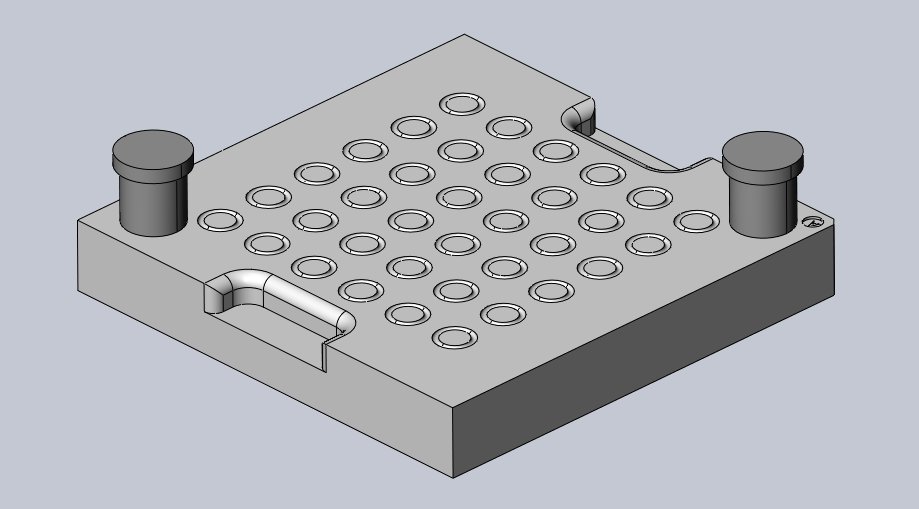
Structural Characteristics
The O-ring mold consists of a top mold, bottom mold, support ring and core. The ring-shaped cavity is formed between the core, support ring and mold. Vacuum suction system helps demolding.
Operating Principles
O-ring material is extruded into the ring-shaped cavity space. After curing and cooling, the support ring retreats and vacuum suction demolds the O-ring. Automated production can be realized.
Design Requirements
Reasonable determination of parting lines and fillet radius is needed. Exhaust ports must be fully considered as well as the curing process requirements.
Main Applications
Mainly used for producing O-ring seals for machinery, aviation, ships and other industries. Smallbatches and multi-varieties production.
Manufacturing Process
Precision machining of the core and cavity surface, grinding or polishing surface to required roughness. Vacuum holes are processed at the last step before assembly.
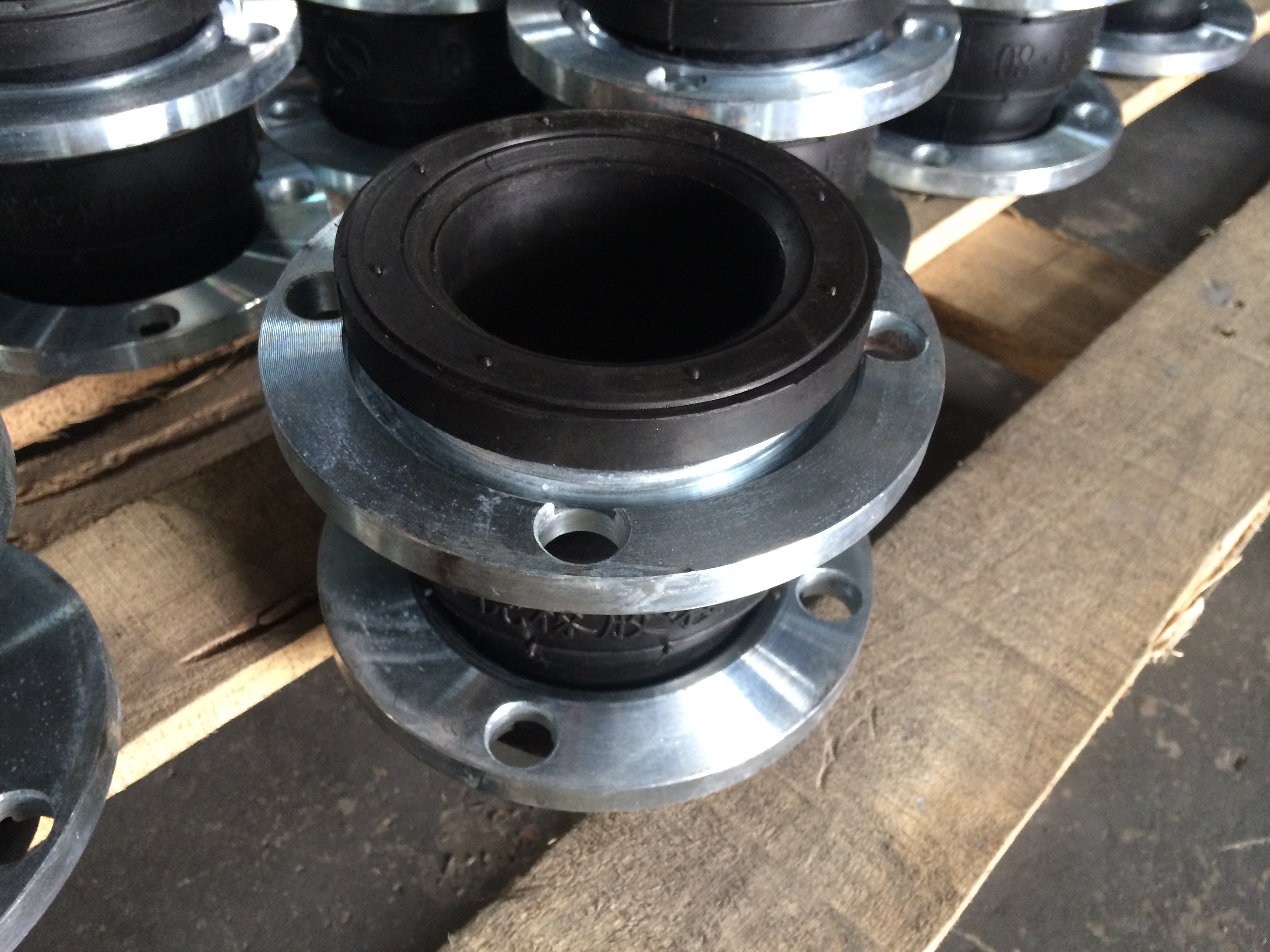
Structural Characteristics
The shock absorber rubber mold consists of upper, lower and side core molds. The product shape is between the side core and cavity. It features exhaust ports and demolding mechanism.
Operating Principles
After rubber material fills the cavity space, hot press and curing take place. The side core moves sideways first during demolding, followed by top mold removal.
Design Requirements
The curing process requirements need to be fully studied including temperature and pressure control. Slider tracks dimensions must guarantee smooth movement of side core.
Main Applications
Mainly used for molded rubber parts in automobile shock absorbers. Multi-cavity molds for mass production conditions.
Manufacturing Process
CNC machining of the mold, high precision grinding of the core and cavity, implantation of demolding components. Then tempering and mold trial runs are conducted.
Classification and characteristics of rubber molds
Hot-work tool steel: Good mechanical properties and red hardness after heat treatment. Commonly used materials include 45 steel, H13 steel, P20 steel etc.
Carbon tool steel: High carbon content, good cutting performance, excellent machinability. Commonly used materials include Cr12MoV steel, 9CrSi steel etc.
High speed steel: Contains a lot of alloying elements like WC, Mo, V. Features high thermal stability. Commonly used materials include M2 steel, M35 steel, T15 steel.
Precipitation hardening steel: Exhibits excellent comprehensive properties after quenching and tempering processes. Such as Böhler steel, Japan copper.
Surface treatment: Electroplating chromium, nitriding, passivation, carbonitriding etc. to enhance surface properties.
Raw Material Machining Select raw material blank of hot work steel or mold steel, make preliminary planning, determine cutting amount and machining path.
Rough Machining Process Use vertical machining centers or CNC boring and milling machines for rough machining, leaving some allowance for finishing.
Precision Machining Process
Critical areas like cavity, core and guiding mechanisms go through precision machining processes, using small end face grinding to obtain ultra-precision surfaces.
EDM Process EDM contour machining achieves special profiles, wire cutting obtains perfect parting lines.
Assembly and Commissioning
After assembling all components, check alignment, fitting and motion accuracy, carry out mold trial runs for optimization.
Powerful Design and R&D Team
Possesses extensive domestic and overseas experience in mold development and design. Provides professional customized solutions for clients.
Exquisite Manufacturing Techniques
Has various kinds of precision machining equipment, to efficiently and accurately process rubber molds’ critical areas and ensure product quality.
Comprehensive Inspection Methods
Full and strict inspections from molding accuracy to surface roughness, etc. Assuring mold specifications meet acceptance criteria.
Improved After-sales Service
Optimizing molds according to actual use, making anti-breaking levels and structural adjustments. Providing replacements, maintenance support and operation training.
 Обмен опытом по проектированию и производству штампов для штамповки металлаJuly 21, 2023Здесь мы поделимся некоторым конкретным опытом проектирования и производства, чтобы обеспечить наше понимание штампов, накопленных за эти годы. С помощью этой статьи мы надеемся дать вам лучшее понимание...view
Обмен опытом по проектированию и производству штампов для штамповки металлаJuly 21, 2023Здесь мы поделимся некоторым конкретным опытом проектирования и производства, чтобы обеспечить наше понимание штампов, накопленных за эти годы. С помощью этой статьи мы надеемся дать вам лучшее понимание...view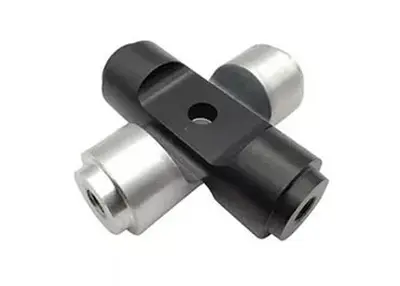 Что такое черный оксид? Руководство по черному оксидному покрытию 2023September 5, 2023Пока действительно многочисленные поверхностные типы финиша доступные для изготовителей, который нужно выбрать от, черное покрытие окиси популярный выбор для много. Черное оксидное покрытие предлагает комбинацию v...view
Что такое черный оксид? Руководство по черному оксидному покрытию 2023September 5, 2023Пока действительно многочисленные поверхностные типы финиша доступные для изготовителей, который нужно выбрать от, черное покрытие окиси популярный выбор для много. Черное оксидное покрытие предлагает комбинацию v...view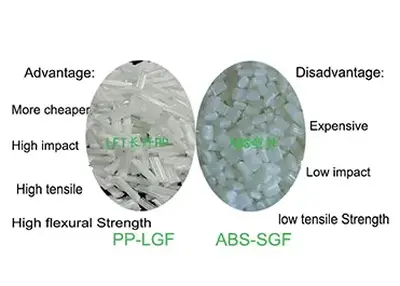 АБС против полипропилена (ПП): сравнение двух распространенных пластмассNovember 28, 2023Пластмассы широко используются в различных отраслях промышленности, таких как упаковка, автомобильные, медицинские и потребительские товары. Пластмассы-это синтетические или полусинтетические полимеры, которые можно формовать или формировать в различные формы и продукты. Существует много типов и сортов пластмасс, каждый с различным химическим составом и физическими свойствами.view
АБС против полипропилена (ПП): сравнение двух распространенных пластмассNovember 28, 2023Пластмассы широко используются в различных отраслях промышленности, таких как упаковка, автомобильные, медицинские и потребительские товары. Пластмассы-это синтетические или полусинтетические полимеры, которые можно формовать или формировать в различные формы и продукты. Существует много типов и сортов пластмасс, каждый с различным химическим составом и физическими свойствами.view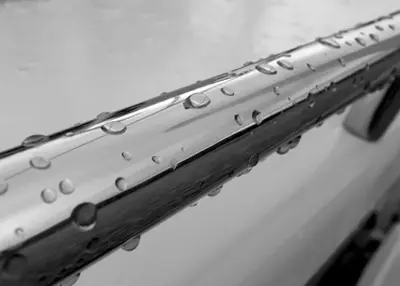 Пассивация 101: Что такое пассивированная нержавеющая сталь и нужно ли это?December 8, 2023Нержавеющая сталь широко используется в различных промышленных применениях из-за ее коррозионной стойкости и долговечности. Одним из ключевых факторов, способствующих этим желательным свойствам, является пассивация,...view
Пассивация 101: Что такое пассивированная нержавеющая сталь и нужно ли это?December 8, 2023Нержавеющая сталь широко используется в различных промышленных применениях из-за ее коррозионной стойкости и долговечности. Одним из ключевых факторов, способствующих этим желательным свойствам, является пассивация,...view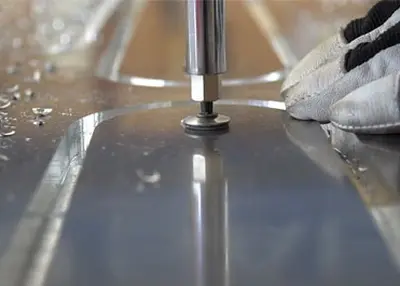 ЧПУ для резки алюминиевого листа, эффективный инструмент современного производстваAugust 4, 2023В современном производстве широко используются алюминиевые листы, а технология резки с ЧПУ (компьютерное числовое управление) стала эффективным инструментом для обработки алюминиевых листов. ЧПУ резки алюминия она...view
ЧПУ для резки алюминиевого листа, эффективный инструмент современного производстваAugust 4, 2023В современном производстве широко используются алюминиевые листы, а технология резки с ЧПУ (компьютерное числовое управление) стала эффективным инструментом для обработки алюминиевых листов. ЧПУ резки алюминия она...view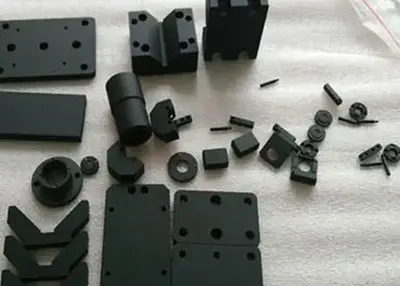 Какие типы отделки металлической поверхности?September 16, 2022Обработка поверхности отделки является важной процедурой обработки при обработке. Обработка поверхности может играть важную роль в защите и украшении заготовки. В механической обработке, есть...view
Какие типы отделки металлической поверхности?September 16, 2022Обработка поверхности отделки является важной процедурой обработки при обработке. Обработка поверхности может играть важную роль в защите и украшении заготовки. В механической обработке, есть...view